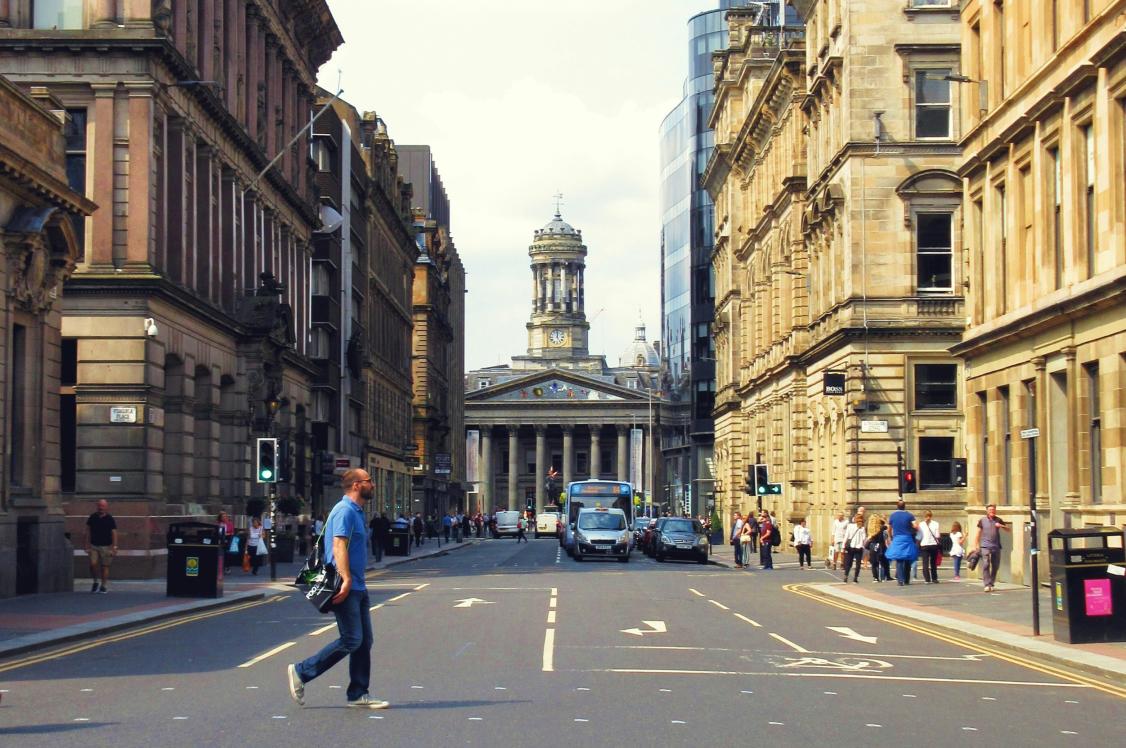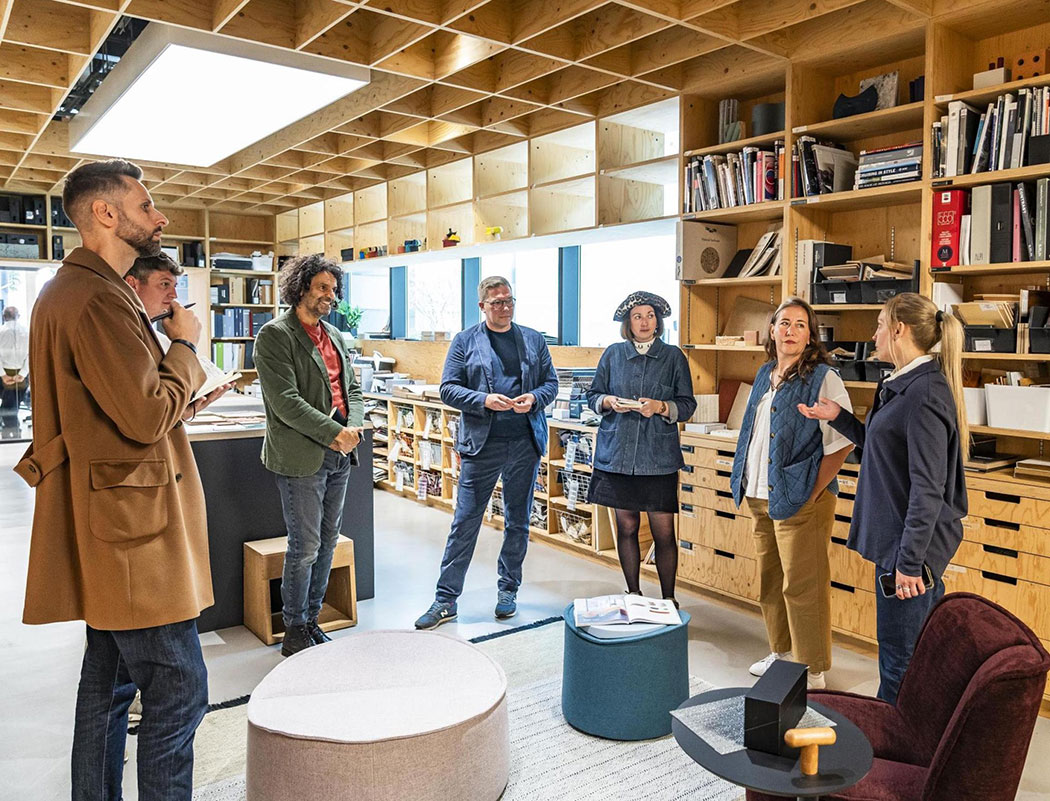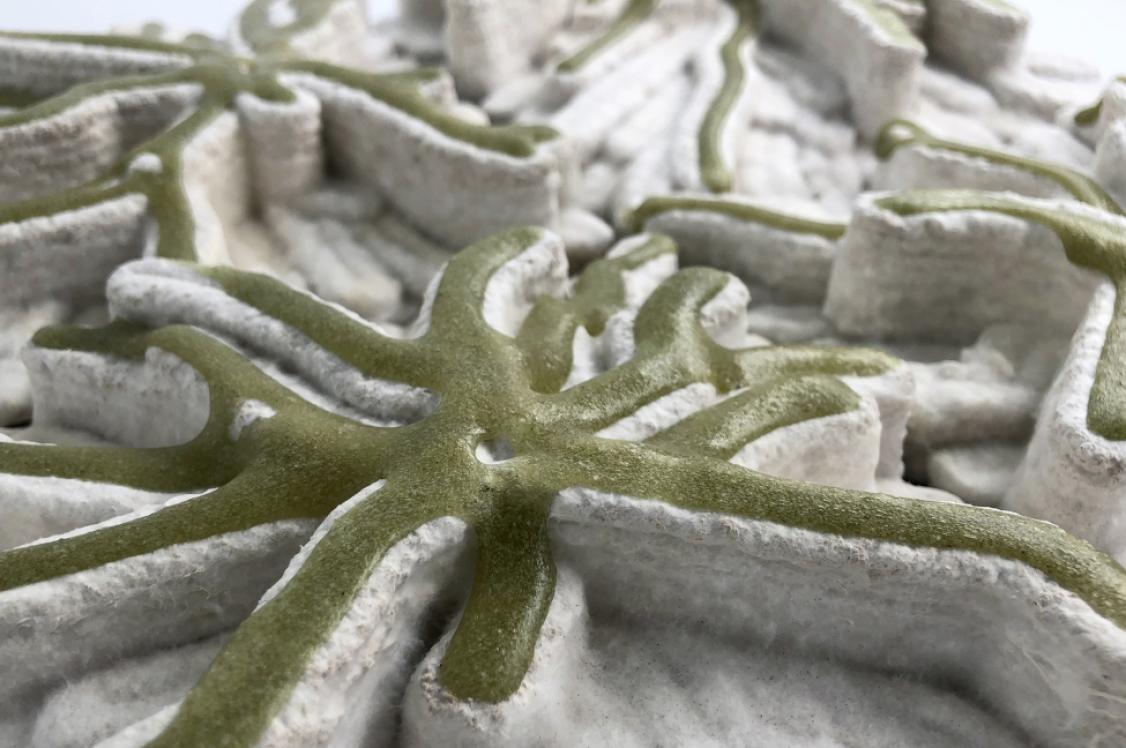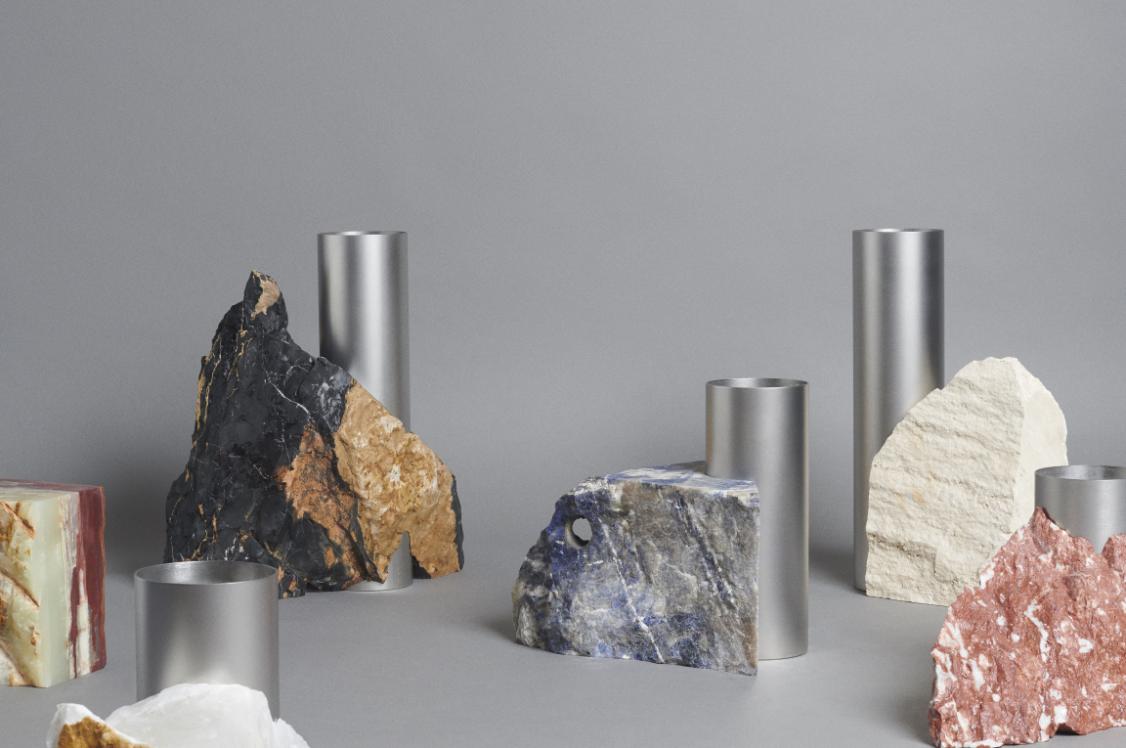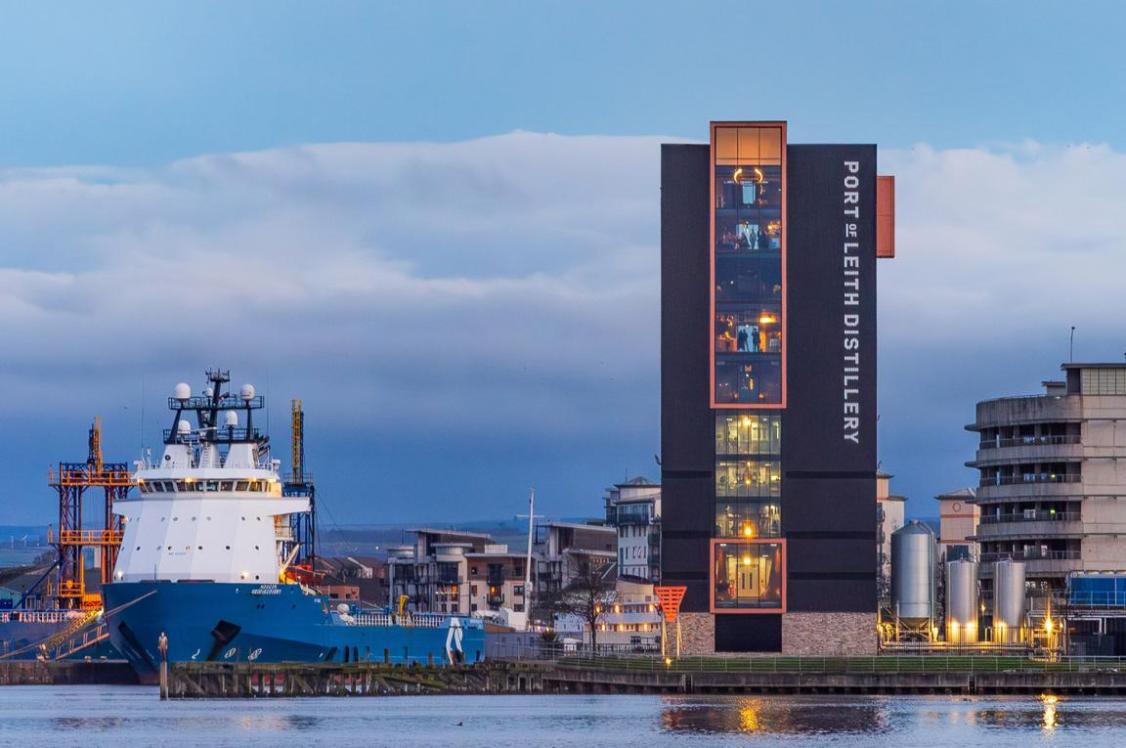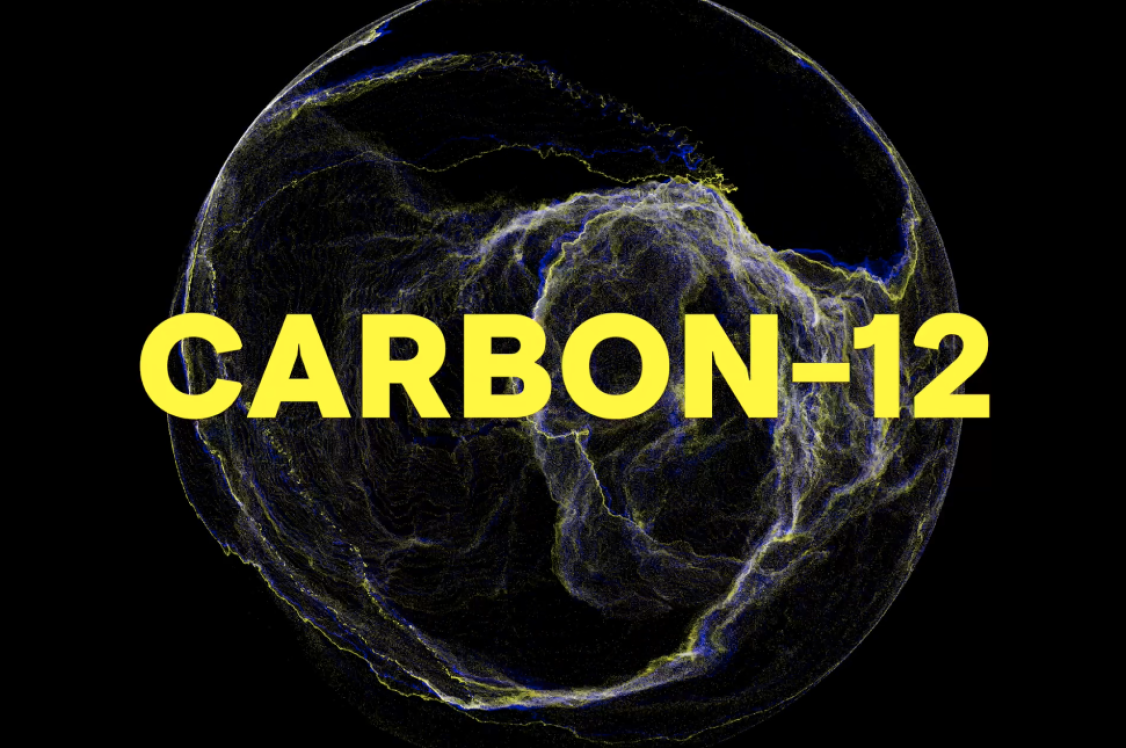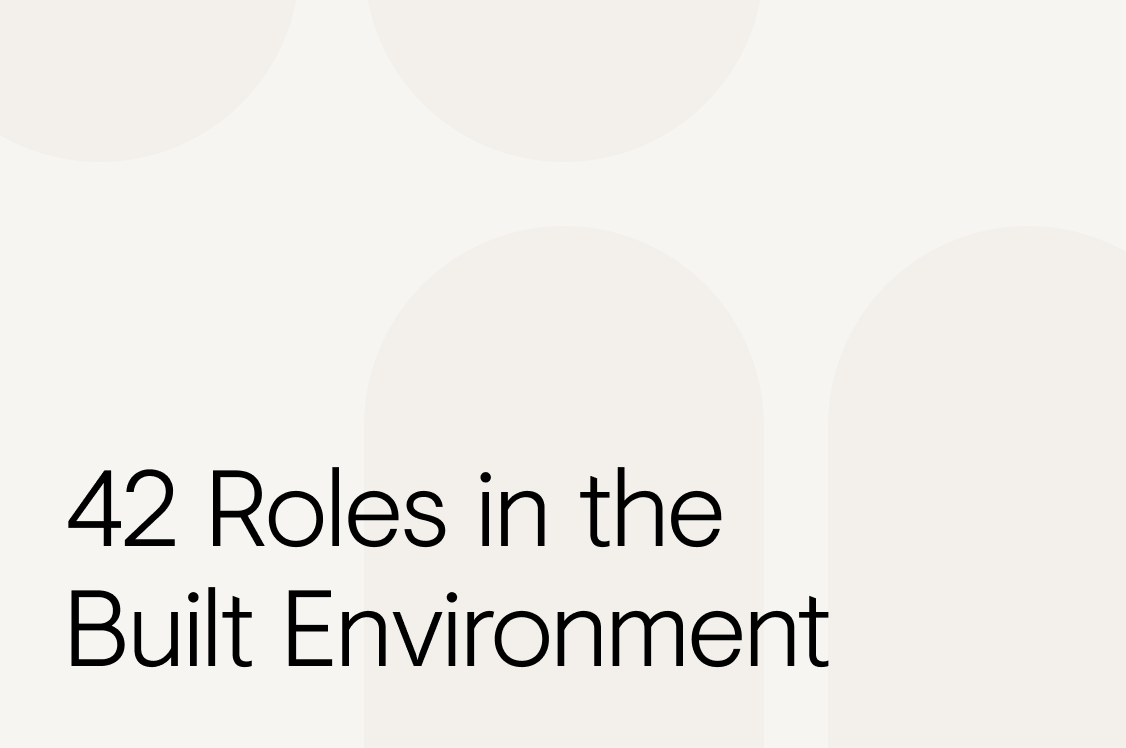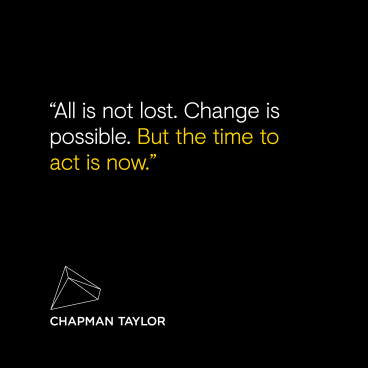Carbon-12 Glossary: Your comprehensive guide to carbon.
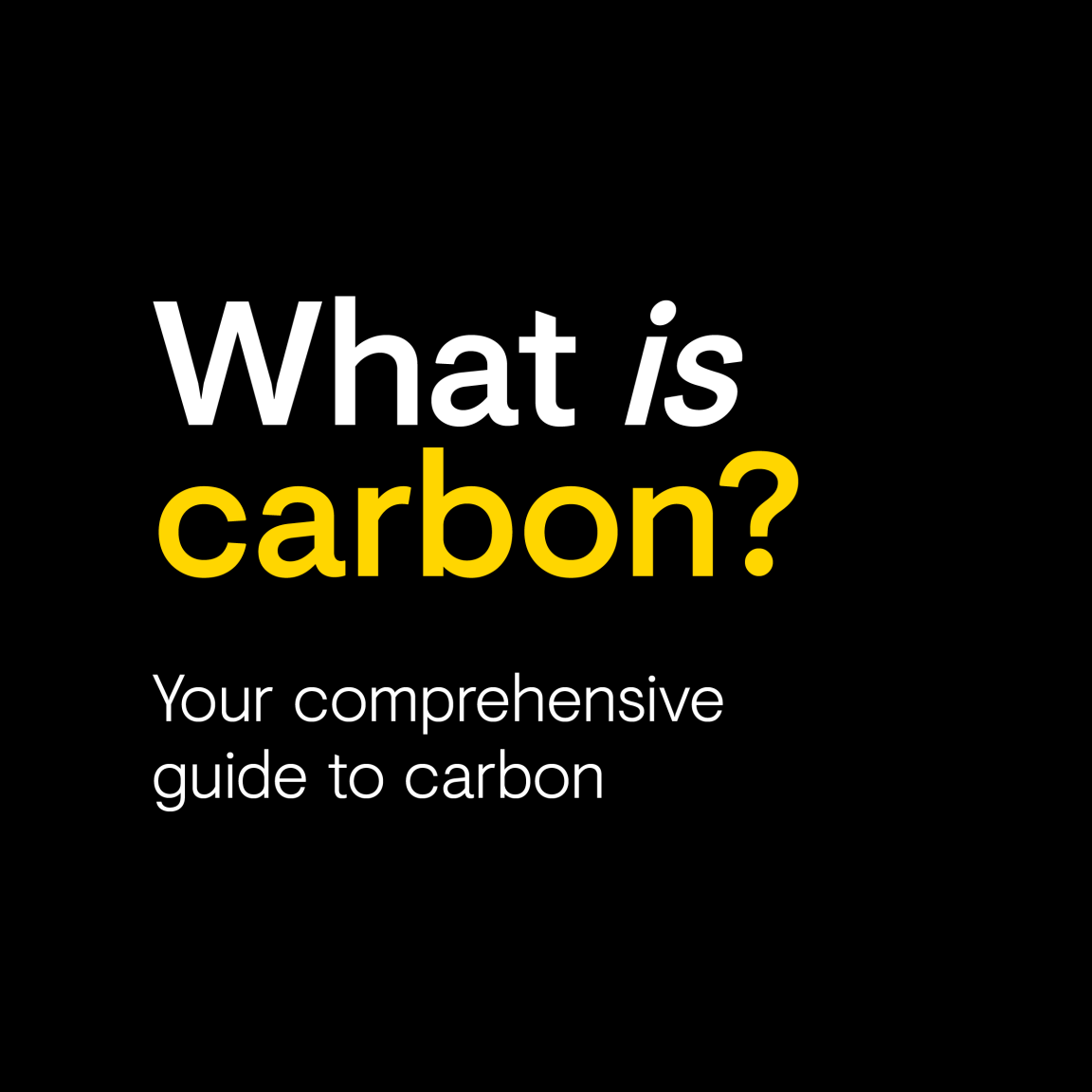
As part of Carbon-12, Iain Black, Professor of Sustainable Consumption at the University of Strathclyde has compiled a Carbon Glossary to aid our conversations on the topic.
Conversations only flourish when we have a shared understanding of the words and phrases being used and their hidden meaning.
So to help designers, architects and property professionals discuss the role that products and materials can play in the battle against climate change, Material Source Studio thought it would be useful to put together a short primer.
By the end, we hope you’ll know your carbon from your carbon dioxide equivalent and your Net Zero from your carbon neutral.
Knowing what you are like, we expect that you’ll use these terms to create inspirational visions of the wonderful lives that freeing ourselves from fossil fuel addiction, economic growth fetishism and business as usual thinking will allow.
Ultimately, it’s not the language that’s important here, but the mindset.
What do we mean by carbon?
First up, what do we mean by carbon? Well, people tend to use a number of terms interchangeably - Carbon, CO₂, and CO₂e - so that can be confusing.
Below are some simple explanations of the differences between these terms.
CO₂ (Carbon Dioxide)
CO₂ is a naturally occurring gas made of one carbon atom and two oxygen atoms. It’s released when we burn fossil fuels, or when organic matter decays and it's the main greenhouse gas (by volume) driving climate change.
CO₂e (Carbon Dioxide Equivalent)
There are several different greenhouse gases (carbon dioxide, methane, nitrous oxide, chlorofluorocarbons (CFCs) and other fluorinated gases, even water vapour) each has a different ability to warm the planet via the greenhouse effect.
So that we can compare amounts of these gases, we need a common unit of measurement that takes these different powers into account. This measurement is CO₂e- carbon dioxide equivalent as carbon dioxide is the most abundant greenhouse gas.
For example, because methane is 28 times more powerful CO₂, one tonne of methane is also expressed as 28 tonnes CO₂e.
Carbon (in climate context)
Carbon as an element is fundamental to life but in conversations about climate change when people talk about “carbon” they’re usually using it as shorthand for carbon dioxide. It’s a catch-all term for the greenhouse gases we’re trying to reduce.
Balancing carbon…
The following terms relate to any activity, material, product or organisation and the emissions these create throughout their life cycle (production, use, disposal and hopefully reuse and recycling!)
Net Zero
This refers to the goal of cutting greenhouse gas emissions as close to zero as possible, with any remaining emissions balanced by carbon removal efforts (offsetting, Direct Air Capture etc).
Carbon neutral
This means balancing out carbon emissions by removing or offsetting an equal amount, so that the net amount of carbon released by the activity is zero.
Carbon negative
This means going further than carbon neutral and removing more carbon from the atmosphere than the activity emits.
Carbon positive
Despite how it sounds, this usually means the same as carbon negative—you're having a net positive impact on the environment by removing more carbon than you produce.
Capturing and storing carbon
Carbon trapping
A general term for the natural process by which carbon dioxide is captured from the air or emissions before it can enter the atmosphere.
Carbon absorbing
This is when natural systems like forests or oceans take in carbon dioxide from the air and store it.
This is part of the natural carbon cycle but because we continue to cut down forests for food and wood fibre, drain peatlands and because the oceans are warming, we have significantly reduced the ability of these natural systems to absorb carbon dioxide.
It’s got so bad that we now think that the Amazon is emitting more carbon dioxide that it is absorbing because of forest fires and the drying out of the land.
Carbon sequestering
A technical term for the process of capturing carbon dioxide from various ‘man-made’ process (burning natural gas for energy, emissions from making cement etc) and it being stored away through natural processes (plants using the CO₂ to grow) or through technology.
Too much carbon once sequestered by nature is now being re-released as we burn trees or when phytoplankton in the oceans die in greater number as the seas warm.
Also, whilst sequestering carbon through various technologies works, they don’t yet do so at scale or at a reasonable cost.
Carbon capture storage and utilisation
This is a type of carbon sequestration where technical processes are used to capture the carbon dioxide, say from burning natural gas, and then it's transported and locked away in, for example, depleted gas fields.
Billions is being spent on this, and has been for decades, and it isn’t ready at scale or reasonable cost.
Many see it as a false solution designed to keep the oil and gas companies in charge of our energy and/or see it as a delay tactic.
Carbon in materials & construction
Embodied carbon
The total carbon emissions associated with making a product or material, from raw material extraction to manufacturing and transport.
Net negative embodied carbon
This means the product or material stores more carbon than was emitted during its creation—essentially locking carbon away.
Operational carbon
The carbon emissions that come from using a building or product over its lifetime, like heating, cooling, or electricity use.
Sustainability concepts
Decarbonised
This means reducing or eliminating carbon emissions from a process, product, or system—often by switching to renewable energy.
Cradle to cradle
A design philosophy where products are made to be reused or recycled endlessly, creating a closed-loop system with no waste. Not 100% possible because of systems dynamics but a great way of thinking.
Cradle to gate
This tracks the environmental impact of a product from raw materials up to the point it leaves the factory—not including its use or disposal.
Carbon markets
Carbon offsetting
Paying to support projects (like tree planting or renewable energy) that reduce emissions elsewhere and using these savings to balance out a company's own. Unfortunately, there are numerous ways this can go wrong such as the trees that have been planted dying, or the trees that weren't cut down then burning down.
Reports suggest there is not enough suitable space on the planet to plant all the trees already promised to offset companies and countries emissions (source).
Beyond that, carbon offsetting schemes can push up the price of land, upping the stress on housing in the process.
Certified carbon credits
These are verified units representing an amount of CO₂e removed or avoided, which can be bought or sold via carbon markets. With this, it's important to consider who is doing the certification? Are they externally accredited? What are the rules? How long was that carbon dioxide locked away for? Does the scheme live up to its carbon sequestration promises?
It is reasonable to use credits and offsetting as part of a plan, and many companies are, but measures to reduce emissions must come first and if the offset of a credit scheme are cheap, then chances are they'll be getting what they paid for and that might come back to bite them.
Ethics
Greenwashing
Technically when the environmental performance for a product, service, material, building or organisation that is claimed is not matched by its performance.
Greenwashing is policed in the UK by the Competition and Markets Authority via the Advertising Standards Authority and they are very good at catching companies making misleading environmental claims.
Similar schemes exist in the EU and Australia. Unless you can prove it, don’t claim it.
The bigger picture
Fossil fuel addiction
Ensuring through the lobbying and PR strategies of the fossil fuel industry that our economies and our damaging lifestyles remain dependent on oil, gas and coal.
This addiction is maintained despite knowing the cost to us, our communities and the planet upon which we depend.
Economic growth fetishism
The subjective belief, (and maintained in the face of voluminous evidence debunking it) that extractive economic growth is the ONLY economic strategy that can deliver the money and resources required to address the environmental crises.
The trouble is that extractive economic growth causes the climate crises and nature crises as every £ of GPD needs materials from the environment and leads to greenhouse gases being released. The overwhelming evidence showing we can’t break this relationship quickly enough is ignored or misinterpreted.
Business as usual thinking
Where individuals, organisations and governments continue operating in the same way they always have, to solve the problems created by operating in the same way they always have! It means they are resistant to the innovation and systemic reform needed to address the climate and nature emergencies or indeed poverty.




